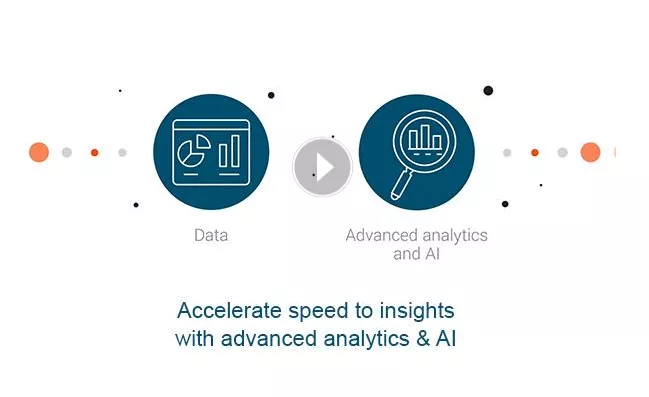Use AI & analytics to empower data-led decisions
Today’s marketplace moves in milliseconds. To thrive, businesses need to adapt quickly, form instantaneous connections with customers, and predict what’s next without missing a beat. That’s where EXL’s analytics and artificial intelligence (AI) solutions come in.
With one of the largest teams of data scientists in the world and an extensive library of analytic models and AI accelerators, we help you turn data into insights, and insights into outcomes – giving you a critical edge in today’s fast-paced world.
Learn moreOur analytics and AI solutions
Evolving solutions for evolving needs
Benefits of AI-driven analytics
Your trusted data-led AI partner
Make more informed decisions
Our data analytics and AI techniques uncover patterns, trends, and correlations that enable optimal decisions in real time.
Enhance customer experiences
Quickly understand your customers’ preferences, behaviors, and needs to deliver tailored interactions and offerings
Safeguard against risk
Leverage predictive analytics and machine learning to detect fraud, mitigate risk, and ensure compliance.
Unlock cutting-edge innovation
Identify market trends, anticipate customer demands, and proactively adapt strategies so you stay ahead of competitors












